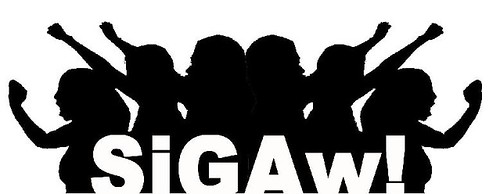
Johnny Tsunami is a 1999 movie directed by Steve Boyum which depicted a story of a teenage boy named Johnny Kapahaala and his move from Hawaii to Vermont in a struggle for assimilation into the East Coast community. Brandon Baker, the actor who played Johnny Kapahaala, ss of Filipino descent and his role/character in the movie draws many parallels to the Filipino/American relationship.
Johnny Kapahaala’s grandfather is the legendary Johnny Tsunami who has conquered some of the most ferocious waves in all of Hawaii. Johnny’s father Pete is a computer science engineer who works on networking computers. Pete’s structured and uptight life vastly contrasts the life both his son and father chose to live. Johnny took after his grandfather’s love for the water and soon became a great surfer himself, winning multiple titles as a young child. When Johnny’s father gets a job transfer to Vermont, their entire family is forced to move to the cold and always snowing state of Vermont.
In this town, there are two schools: one private and one public. Johnny’s father has decided Johnny would attend the much more prestigious private school for the betterment of himself. Yet as first day comes to an end, Johnny realizes that he has little in common
 with these uptight students. In an attempt to learn how to ski, Johnny finds his true passion lies in snowboarding, whose characteristics much more resemble that of a surfboard. Taught by a newly made friend Sam who attends the public school, Johnny quickly becomes apt at snowboarding and even attempts to teach the daughter of the principal of the private school.
with these uptight students. In an attempt to learn how to ski, Johnny finds his true passion lies in snowboarding, whose characteristics much more resemble that of a surfboard. Taught by a newly made friend Sam who attends the public school, Johnny quickly becomes apt at snowboarding and even attempts to teach the daughter of the principal of the private school. One day, Sam tells Johnny that he is moving to Iceland, where his father has been relocated. Trying to prevent the move, Johnny takes both himself and Sam back to Hawaii where they stay with the grandfather, learning how to surf and enjoying the sun. Johnny’s grandfather decides to come back with the both of them and surprises everyone with his ability to surf. In a battle to determine who would own which side of the slope, Johnny defeats his “rival” Brett.
Johnny Kapahaala is a modest young child who shows a great deal of respect to both his family and elders. Always mannerful, he resembles a typical Filipino with a strong family core. Johnny takes the high road and the road less traveled by in an attempt to not only assimilate but bring new culture and a way of thinking into the uptight private school. Brandon Baker proves to be a decent actor for his age. He is able to capture the frustration of assimilating into a new culture paralleling the difficulty the Filipinos had merging with American culture. Their strong traditions and values prevent them from completely letting go of their past and their true identities.

 in the 14th round, Muhammad claimed the victory by the narrowest of margins. His pride kept him from giving his respect to Frazier and to this day their rivalry continues. Yet many years later, Ali said if God had called a Holy War, he would want Joe by his side
in the 14th round, Muhammad claimed the victory by the narrowest of margins. His pride kept him from giving his respect to Frazier and to this day their rivalry continues. Yet many years later, Ali said if God had called a Holy War, he would want Joe by his side














